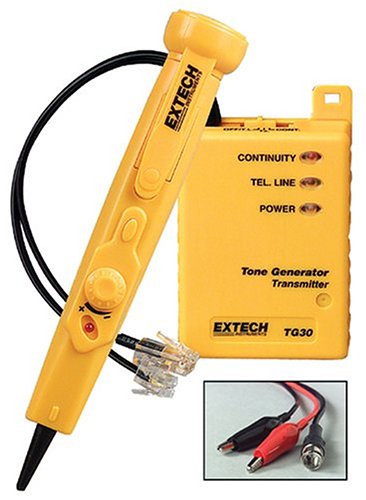You do not need to know if there is a 'signal' you just need to know if there is a connection.
A basic tool that can tell you evetrything and costs a few bucks/quid at local hardware store. Multimeter
Never in my life did i have to use a tone generator, a oscilloscope to test if my CCTV, Satellite or TV connection is giving me good enough signal.. LOL
You use that type of equipment for digital/analogue testing where you control several if not hundred outcomes, synchronization and high speed data transfer.
You just need to use a few simple free (brainpower) tricks.
Point A being nearest to your TV and Point B being the other end of the cable.
- Disconnect all TVs
- Short point B (so connect the signal and shield with a wire)
- Test point A with a multimeter set at Ohm
Results
- ~0Ohm or very close to - Woohoo you have a nice connection from a to b!
0Ohm More than dead short - You have a bad connection somewhere
- No reading - Cable form Point A to Point B has no connection
There is no need to analyse the signal or test for a signal because you know you have a signal in the other TVs (assuming the coax is connected to the same place)
Alternatives
If you know the coax for all the TVs is the same cable you, you can leave Point B terminated - which is most likely closest to the antenna or after the junction. Test Point C,D...Z respectively to make sure there is a good connection.
Take your TV and connect it to a working plug to make sure the TV is not broke - or as pointed out use TV that works and plug it into your outlet - same difference I think? (but does not eliminate double jeopardy - your TV might still be knackered as well as the signal be broke :) )
Alternative 2
Also requires for all plugs to be disconnected from all TVs. Connect a 9 volt battery to one end and test all the ends for a voltage. If you get ~9 volts then the route is good. If you get a <9V then you have an issue on the route (micro short?) if you have 0V then there's no connection
Good Luck
Multimeter F.A.Q
And a photo to make it look pretty.



